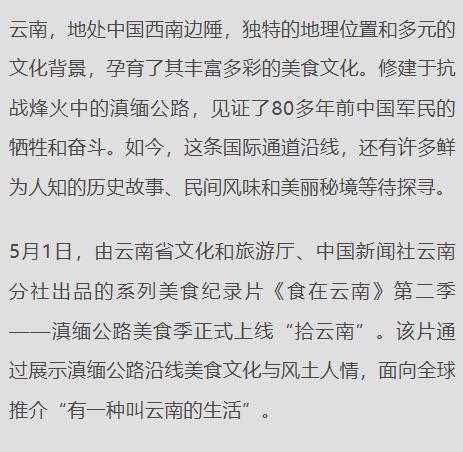
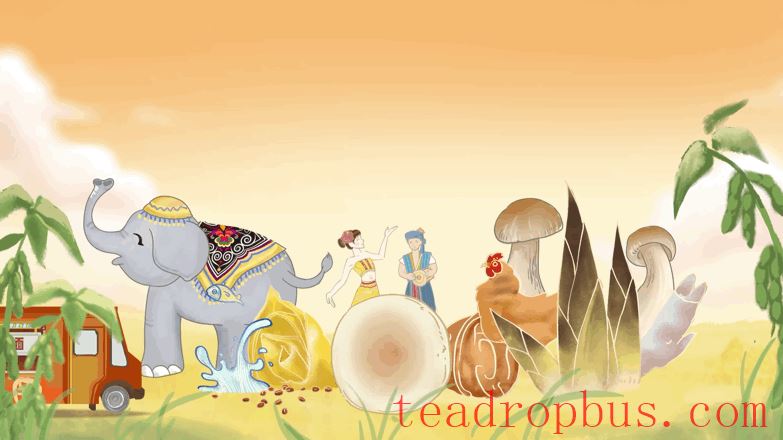
Lion and Elephant guarding the town, Tai Chi locking the water.
On the other side of Mount Cang and Erhai Lake,
lies Yunlong County of Dali Prefecture, known as the “World Ancient Bridge Art Museum.”
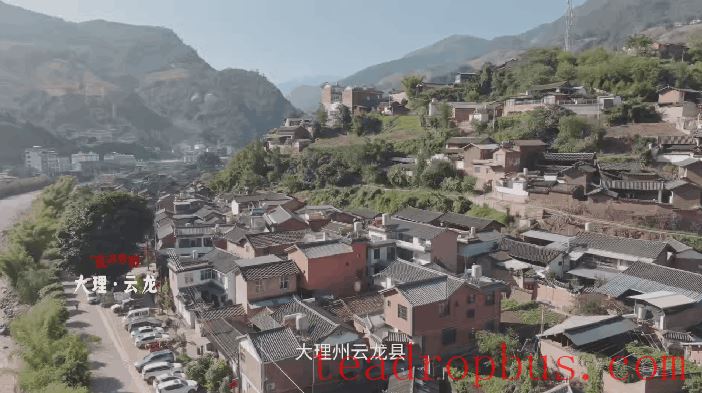
Screenshot from the documentary “Eating in Yunnan” II.
The Bi River, winding through Yunlong County,
draws an incredible “Tai Chi Diagram” on the earth.
The Lancang River converges with the Bi River here,
and a bridge from the wartime period, Gongguo Bridge, which could not be destroyed,
silently watches over the unbreakable Burma Road.
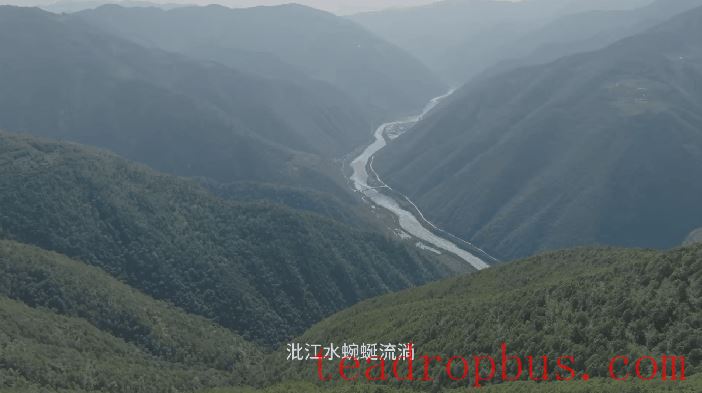
Screenshot from the documentary “Eating in Yunnan” II.
Climbing up East Mountain from Gongguo Bridge,
thousands of acres of continuous Tea forest
stretch and undulate,
reaching up into the clouds.
Welcome to the “closest to the sky” tea garden—Dajilu Tree.
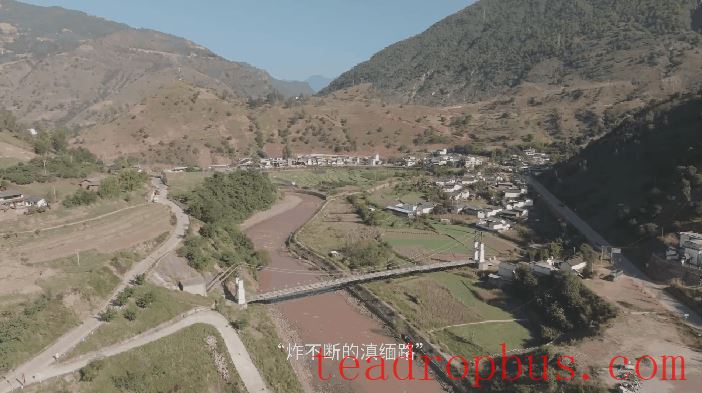

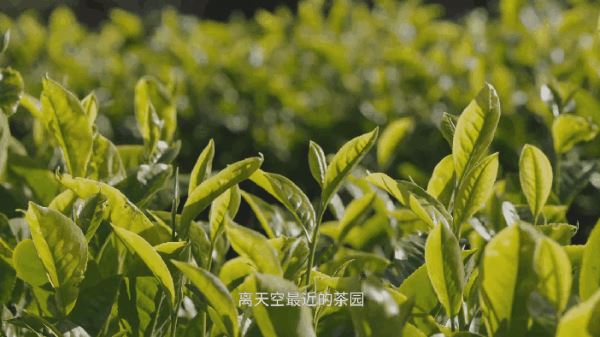
Screenshot from the documentary “Eating in Yunnan” II.
As dawn breaks, one person and one basket
in the Dajilu Tree tea garden,
the tea factory master has come to pick tea again.
He moves with composure,
his fingers skillfully plucking and lifting the fresh leaves.
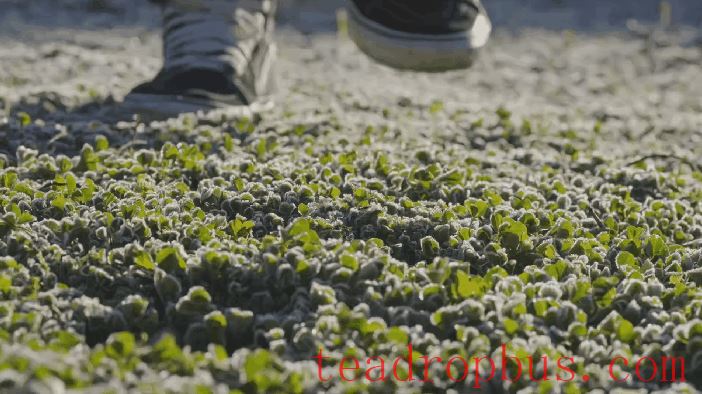
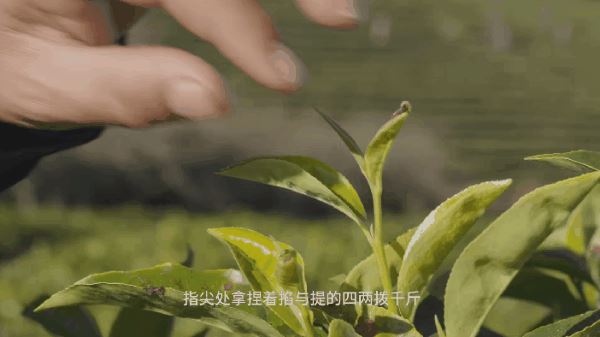
Screenshot from the documentary “Eating in Yunnan” II.
Soon, the master returns laden with his harvest.
Surprisingly,
the basket full of fresh tender tea leaves
is not made into tea,
but brought to the dining table with dew still clinging to them.
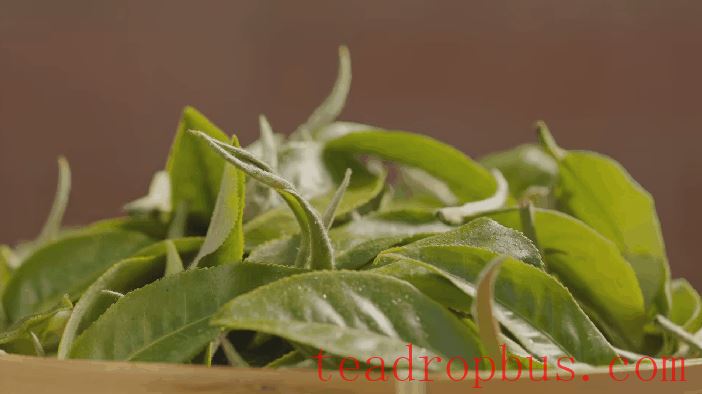
Screenshot from the documentary “Eating in Yunnan” II.
Yes,
the tea leaves are our ingredients today.
Fried, served cold, cooked…
there's nothing that can't be done with them.
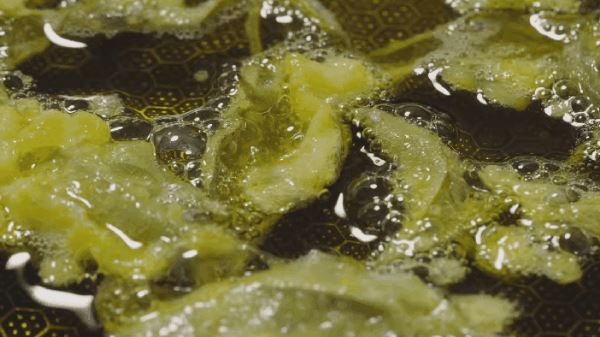
Screenshot from the documentary “Eating in Yunnan” II.
Cold mixed tea leaves.
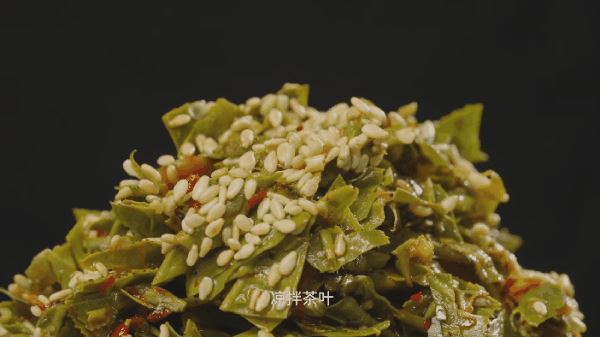
Screenshot from the documentary “Eating in Yunnan” II.
New leaves blanched and dried,
chopped finely,
mixed with garlic, fermented black beans, salt,
and sprinkled with white sesame seeds,
the tea fairies that were just basking in the wind and dew
are now infused with the flavors of life,
as if undergoing a baptism of entry into the world.
Cold mixed tea leaves, complete.
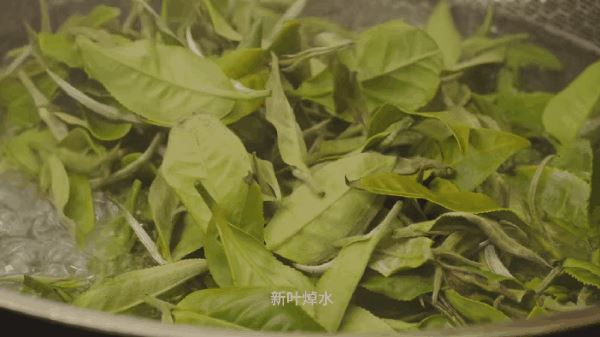
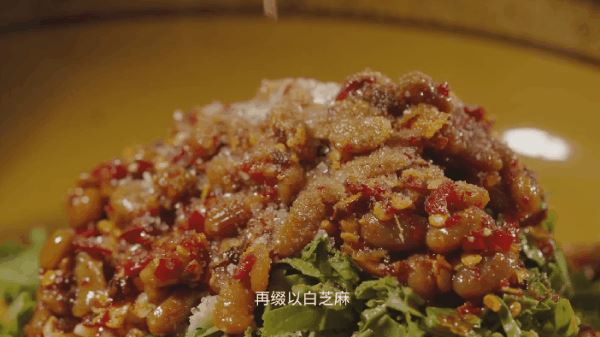
Screenshot from the documentary “Eating in Yunnan” II.
Fried tea leaves.
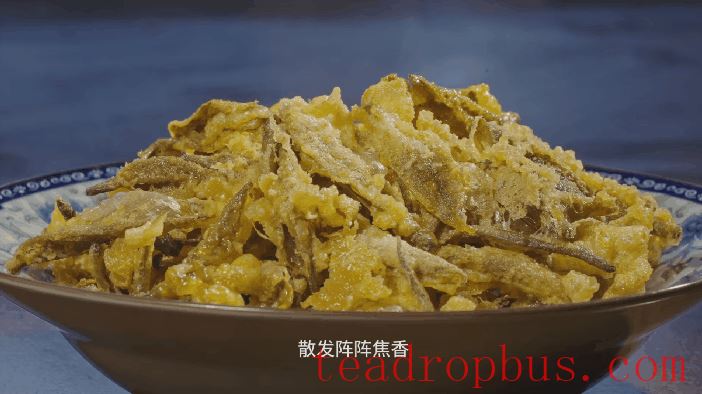
Screenshot from the documentary “Eating in Yunnan” II.
Having braved the chopping board, now into the hot oil,
the fried tea leaves are exquisite.
Eggs beaten, starch and salt added for seasoning,
the fresh tea leaves, dressed in their tender green skirts,
dance an oriental waltz in the egg liquid,
accompanied by the sizzling symphony,
they are immediately clad in golden armor,
and emit a fragrant aroma,
visibly crispy,
tempting a taste.
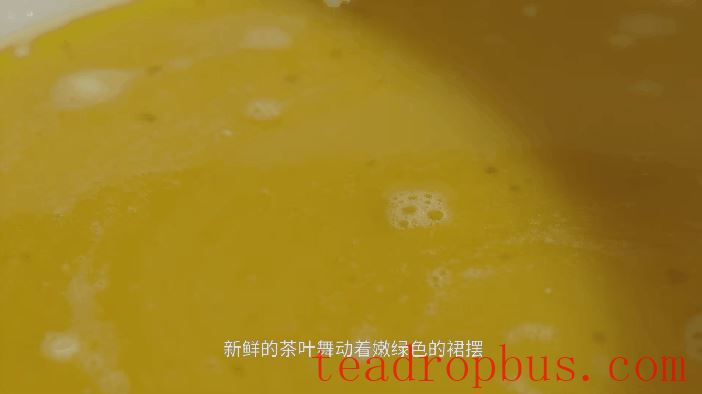
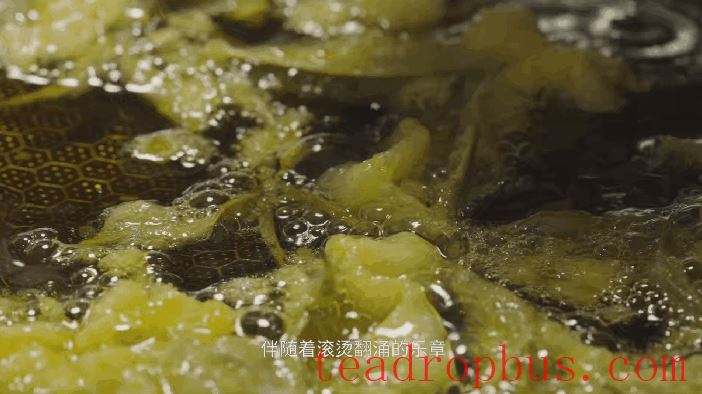
Screenshot from the documentary “Eating in Yunnan” II.
red tea chicken.
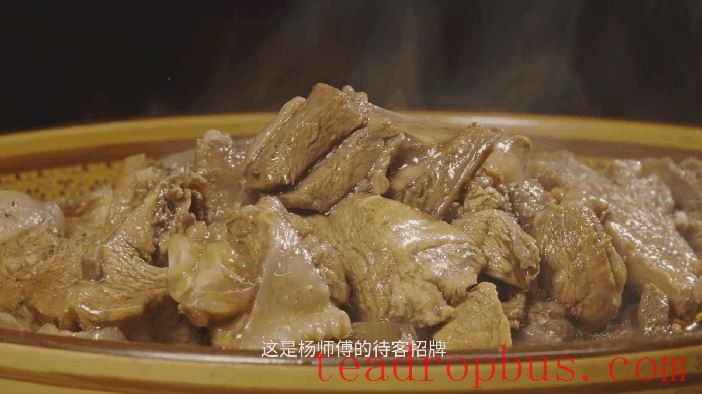
Screenshot from the documentary “Eating in Yunnan” II.
The master brings out his treasured red tea,
brown-red in color, with a distant tea aroma,
a bowl of fragrant tea is not for me,
but for the phoenix and the beauty,
this is the master's signature dish for guests—red tea chicken.
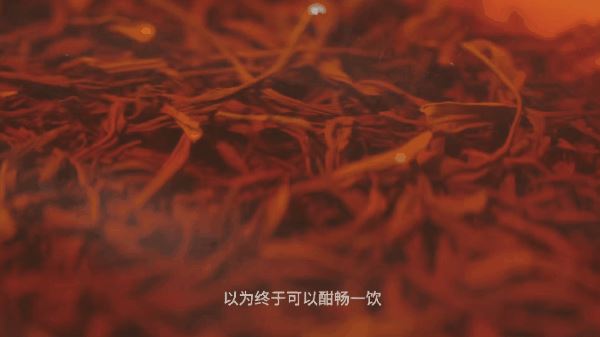
Screenshot from the